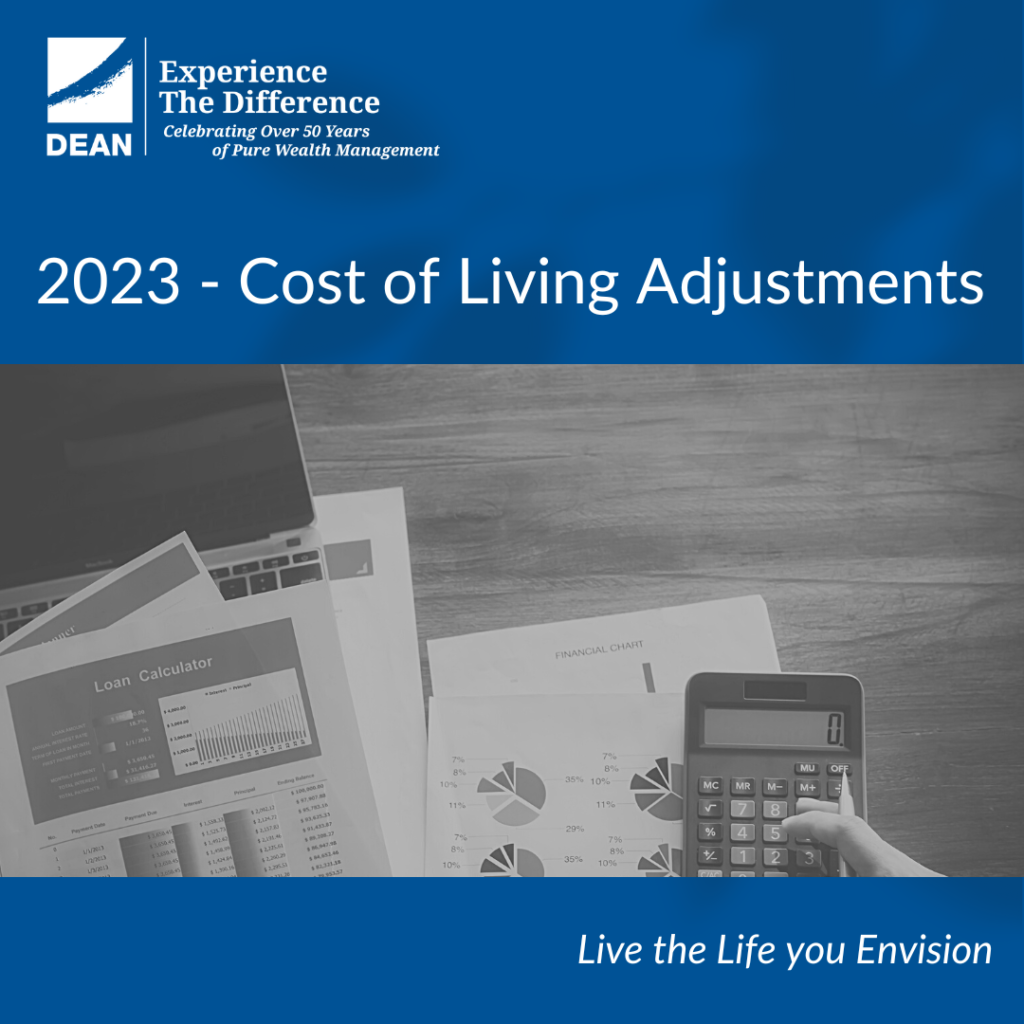Definition of Cost of Living Adjustments

Cost of living adjustments (COLA) refers to the changes made to salaries, wages, or benefits to account for the fluctuations in the cost of living. These adjustments are typically based on the Consumer Price Index (CPI) or other economic indicators that measure inflation rates.
Importance of COLA
Cost of living adjustments are crucial for both employees and employers. For employees, COLA ensures that their purchasing power remains constant despite rising prices. It helps maintain their standard of living and keeps their compensation in line with inflation. On the other hand, employers benefit from offering COLA as it helps attract and retain top talent by providing fair and competitive compensation packages.
Calculation and Application of COLA
COLA is usually calculated by comparing the current CPI with the CPI from a previous period. The difference between the two figures determines the percentage increase or decrease in wages or benefits. This adjustment is then applied to salaries, pensions, social security payments, and other forms of compensation to offset the impact of inflation.
Factors Influencing Cost of Living Adjustments

Cost of living adjustments (COLA) are influenced by various factors that play a crucial role in determining the need for adjustments to maintain the purchasing power of individuals. These factors can vary based on the region, industry, and economic conditions.
Regional Disparities
One key factor influencing cost of living adjustments is regional disparities. Different regions have varying costs of living due to factors such as housing prices, taxes, and healthcare costs. As a result, COLA may differ based on the location of an individual, with higher adjustments needed in areas with a higher cost of living.
Industry Standards
Various industries may have different approaches to determining cost of living adjustments. Some industries may offer higher COLA to attract and retain talent in competitive markets, while others may base adjustments on specific economic indicators relevant to the sector. This diversity in approach can impact the overall COLA decisions across different industries.
Inflation Rates and Economic Conditions
Inflation rates and overall economic conditions play a significant role in influencing cost of living adjustments. High inflation rates can erode the purchasing power of individuals, necessitating higher COLA to offset the rising costs of goods and services. Similarly, during economic downturns, companies may be more conservative in offering adjustments to align with financial constraints.
Methods for Calculating Cost of Living Adjustments
Cost of living adjustments (COLA) are crucial for ensuring that employees’ salaries keep up with the rising cost of goods and services. Various methods are used to calculate COLA, each with its own pros and cons. Here, we will explore some common formulas and steps organizations can take to determine the appropriate COLA for their employees.
Consumer Price Index (CPI) Method
One of the most widely used methods for calculating COLA is the Consumer Price Index (CPI) method. This method involves tracking changes in the prices of a basket of goods and services typically purchased by consumers over time. Organizations can follow these steps to calculate COLA using the CPI method:
- Obtain the CPI data for the relevant time period.
- Calculate the percentage change in the CPI from the base period to the current period using the formula:
- Multiply the percentage change by the employee’s current salary to determine the COLA adjustment.
(CPI current period – CPI base period) / CPI base period
Percentage of Salary Method
Another method for calculating COLA is the percentage of salary method. In this method, organizations determine a fixed percentage increase in employees’ salaries based on the inflation rate. Here are the steps to calculate COLA using the percentage of salary method:
- Determine the percentage increase in the cost of living based on inflation rates.
- Multiply this percentage increase by the employee’s current salary to calculate the COLA adjustment.
Pros and Cons of Different Calculation Methods
While the CPI method provides a more accurate reflection of changes in the cost of living, the percentage of salary method offers simplicity and ease of implementation. The choice of calculation method will depend on the organization’s specific needs and preferences. It is essential to consider factors such as accuracy, ease of calculation, and employee satisfaction when selecting a method for determining COLA.
Implications of Cost of Living Adjustments

Cost of Living Adjustments (COLA) can have significant implications on both employees and organizations. Let’s explore how COLA impacts various aspects of the workforce and financial planning.
Impact on Employee Satisfaction and Retention
Cost of Living Adjustments play a crucial role in ensuring that employees’ purchasing power remains stable in the face of inflation. By providing regular COLA increases, organizations can boost employee morale and satisfaction, leading to higher retention rates. When employees feel their salaries are keeping up with the rising cost of living, they are more likely to remain loyal to their employer.
Affect on Organizational Budgeting and Financial Planning
Implementing Cost of Living Adjustments can pose challenges for organizations in terms of budgeting and financial planning. While it is essential to account for these adjustments to retain talent and remain competitive in the job market, it can also strain the budgetary constraints of the company. Organizations need to carefully balance the need for COLA increases with other financial obligations to ensure long-term sustainability.
Challenges and Controversies of COLA Implementation
There are potential challenges and controversies associated with implementing Cost of Living Adjustments. Some critics argue that COLA increases may lead to higher operating costs for businesses, potentially impacting profitability. Additionally, determining the appropriate COLA rate can be a contentious issue, as different regions may have varying inflation rates. Balancing the needs of employees with the financial health of the organization can be a delicate tightrope to walk.